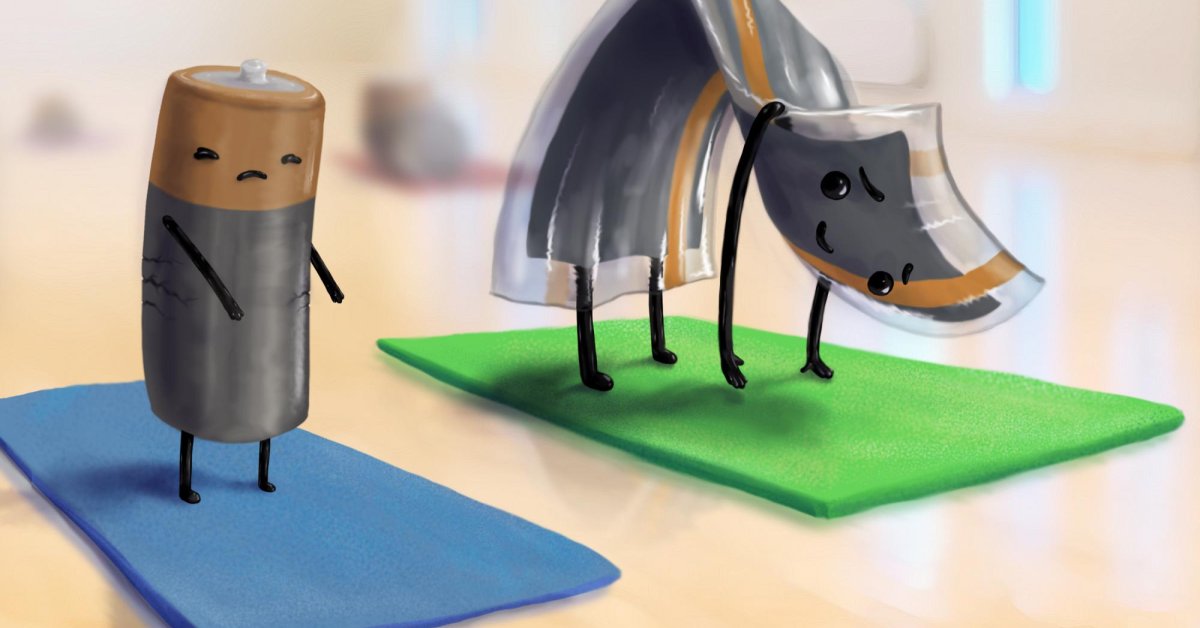Flexible Lithium Battery Created By Scientists To Power Wearable Devices
Arnav Dhar - Jun 13, 2019

Researchers at a Hongkong university managed to create an elastic lithium battery that could safely power wearable electronics.
- India’s Wearable Market Shipped 14.9 Million Units In 2019
- Researchers Discovered Rare Lithium Reserves Near Bengaluru
- A New Wearable For Your Finger? Apple Granted Patent For Its Smart Ring
A highly flexible, thinly-shaped lithium battery was created to power wearable electronics in smart clothes, healthcare monitoring, and IoT by a group of researchers working at Hongkong Polytechnic University. The battery, called Textile Lithium Battery, is said to be able to store a large amount of energy with great elasticity.
While being thinner than half a centimeter, the elastic battery can charge and discharge fast, with long battery cycle compared to the original lithium battery, which is a prominent rechargeable source of energy thanks to its usefulness.

According to Zheng Zijian, the lead researcher of the team, the wearable devices market is predicted to skyrocket by 20% every year, and by 2024, it will hit $100 billion. As a result, the needs for a sustainable yet convenient energy supplier are also growing.
In that case, a system like Textile Lithium Battery can be a helpful tool aiding the applications of wearables in the fitness industry, sports, fashion, entertainment, and IoT as well as many other future technologies.
While traditional lithium batteries are famous for their usefulness in terms of the long-lasting cycle and large energy-storing ability, they are not exactly convenient to use for wearables, which often requires lightweight and compactness. That's why over recent years, many efforts have been made to create a more elastic yet compact battery body.
While many potential batteries are integrated with current collectors made of metal foils, the new Textile Lithium Battery removes the existing problems yet retaining great energy capacity by using highly conductive types of metal like copper and nickel.
This metal-fabric current collector shows great performances in terms of a large surface and sheet resistance.
After treated with active substances to perform as anode and cathode in a process using electrolyte and separator, the metal-fabric material is finally integrated with the battery to form the final product.
The batteries also showed great capability in physical durability, stability, and safety when deformed in the team's lab test, in which it is continuously folded, twisted in multiple angles, crushed, cut, and penetrated. Still, its power output remains stable without bursting into flame. Its flexibility is great with more than 1,000 times of bending before deformed.
Featured Stories

Features - Jul 01, 2025
What Are The Fastest Passenger Vehicles Ever Created?

Features - Jun 25, 2025
Japan Hydrogen Breakthrough: Scientists Crack the Clean Energy Code with...

ICT News - Jun 25, 2025
AI Intimidation Tactics: CEOs Turn Flawed Technology Into Employee Fear Machine

Review - Jun 25, 2025
Windows 11 Problems: Is Microsoft's "Best" OS Actually Getting Worse?

Features - Jun 22, 2025
Telegram Founder Pavel Durov Plans to Split $14 Billion Fortune Among 106 Children

ICT News - Jun 22, 2025
Neuralink Telepathy Chip Enables Quadriplegic Rob Greiner to Control Games with...

Features - Jun 21, 2025
This Over $100 Bottle Has Nothing But Fresh Air Inside

Features - Jun 18, 2025
Best Mobile VPN Apps for Gaming 2025: Complete Guide

Features - Jun 18, 2025
A Math Formula Tells Us How Long Everything Will Live

Features - Jun 16, 2025
Comments
Sort by Newest | Popular